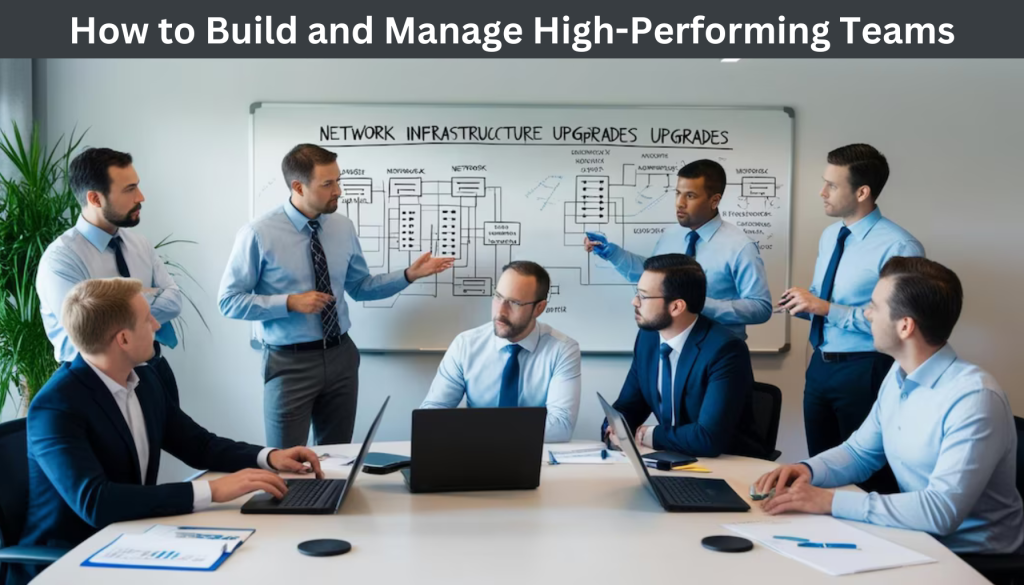Traditional processes have been transformed by the digitalization of HR. Performance management, onboarding, and recruitment are all made easier with automation solutions. Cloud-based solutions make data accessible and remote work possible. Artificial intelligence improves hiring by offering insights based on data. Employees are empowered with mobile apps and employee self-service portals. HR can make wise judgments with the use of analytics tools. In the modern workplace, the move to digital HR has boosted productivity, streamlined procedures, and improved employee satisfaction all around.
The two approaches to managing human resources within an organization—modern HR and classic HR—are influenced by changing workplace dynamics and societal shifts. Get Hire Technologies, Inc. helps in getting the best of the organization objection with technological advancement.
Traditional HR:
In the past, HR divisions were frequently seen as administrative units with a primary emphasis on compliance and people management. Among the essential duties were hiring, paying employees, managing benefits, and making sure the law was followed. The focus was on using established policies and processes to ensure organizational efficiency and stability. There was a tendency for hierarchical communication and few tactics for engaging employees. Conventional HR frameworks managed particular activities in isolation from more general organizational strategy.
Modern HR:
With a major metamorphosis, modern HR now sees itself as a strategic partner in the success of organizations. Modern HR still handles traditional tasks, but it also focuses more on talent development, employee experience, and coordinating HR procedures with overarching company goals. Prioritizing employee engagement and well-being helps to create a pleasant work environment that embraces inclusivity and diversity.
Modern HR is technology-driven, flexible, and uses digital technologies for learning and development, performance management, and hiring. Flatter hierarchies are becoming more prevalent, encouraging candid communication and group decision-making. Contemporary human resources acknowledge the significance of ongoing education, promoting a development mentality and flexibility among staff members.
How digital platform is helping in this change?
Digital platforms provide instantaneous contact and cooperation, dismantling geographical constraints. Teams can operate more efficiently when they have access to tools like project management software, video conferencing, and instant messaging, which promotes an adaptable and collaborative corporate culture. Employee growth is supported continuously by e-learning programs and online learning platforms. By offering specialized training, tracking advancement, and modifying educational plans in response to data, organizations may guarantee that staff members gain the abilities needed for development and flexibility.
The entire recruitment process is streamlined by digital platforms, from finding candidates to holding virtual interviews. By effectively managing candidate data, applicant tracking systems (ATS) enhance the talent acquisition process as a whole. Onboarding new hires and continuous personnel management are further facilitated by digital HR tools.
The development of digital platforms has been very helpful in facilitating remote work. Project management software, virtual communication platforms, and cloud-based collaboration tools make it possible for teams to work effectively and remain in touch, encouraging adaptability and work-life balance.
Lastly,
Components for employee well-being on digital platforms, such as employee support programs, mental health services, and health and wellness apps, are common. By emphasizing the general well-being of the workforce, these efforts support an organizational development strategy that is holistic in nature.









